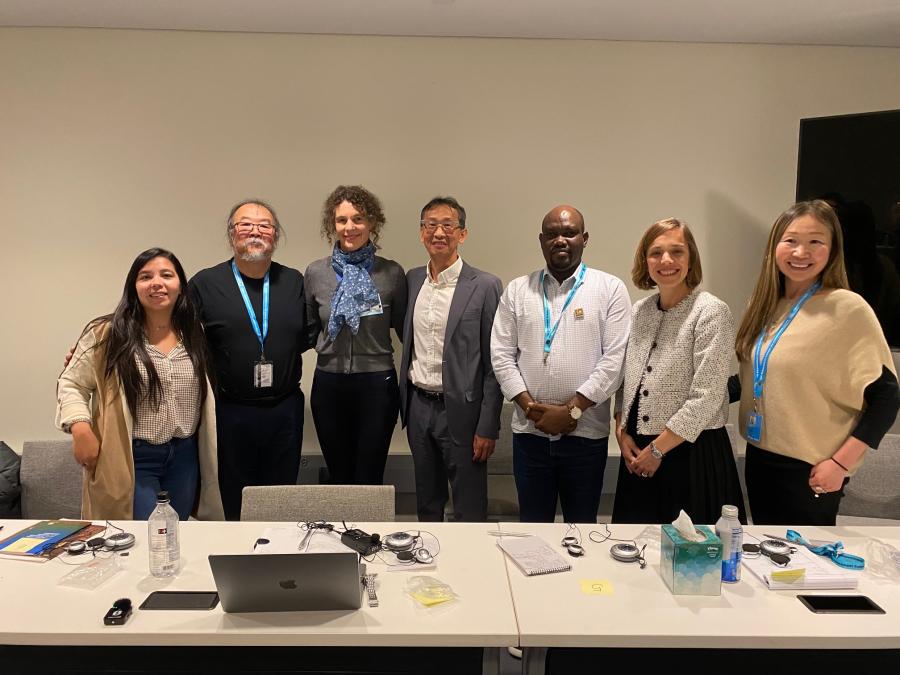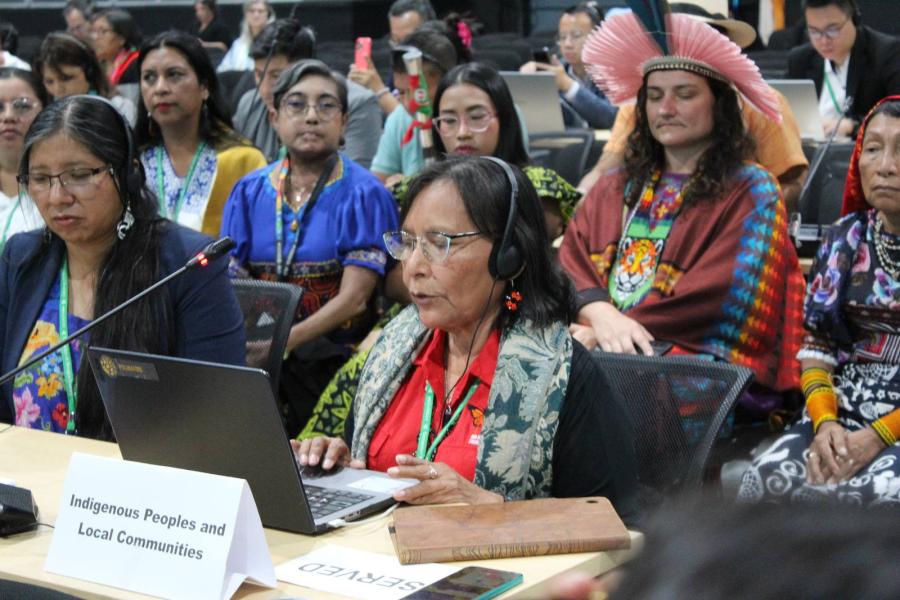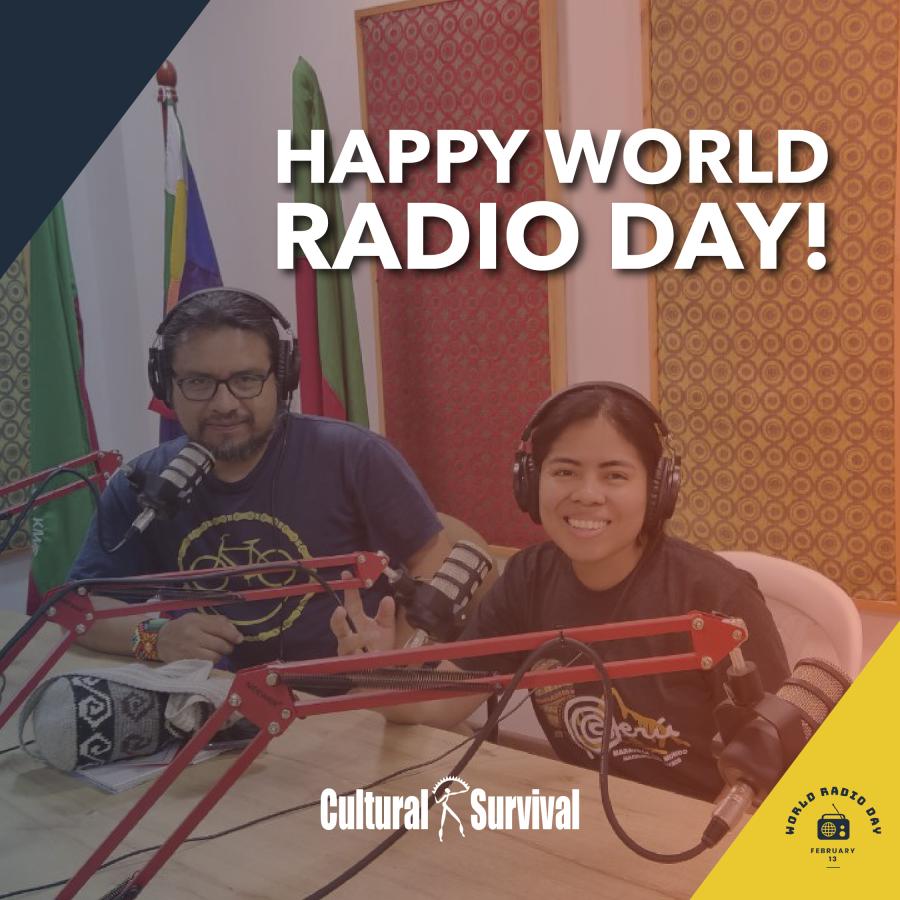
By Nina Sangma (Garo)
The world is a community of communities, a network of networks. I recently had the privilege of attending Splice BETA, a media festival currently in its 4th year, which was recently held in Chiang Mai, Thailand which has become a 150+ organization strong community centered on media practitioners, media owners, funders, publishers, and industry experts that come together annually to talk shop and share the latest industry news and views.
Needless to say, BETA is a good space for activating conversations around Indigenous media, creating opportunities for Indigenous journalists, media practitioners, and regional organizations like the Asia Indigenous Peoples Pact (AIPP) which are cemented in Indigenous core values and rooted in achieving the self-determination of Indigenous Peoples in Asia. A promising prospect for us as funders expressed interest in funding networks rather than single organizations.
Content Creators Are Not Journalists
The media landscape is increasingly being populated by content creators who have blurred the lines between traditional news and infotainment. One of the key aspects of this is the number of YouTubers and “apolitical” content agencies who are delving into digital storytelling from communities that were earlier de-platformed and marginalized in mainstream newsrooms’ editorial decisions. Several such agencies in India aim to highlight stories from rural India; the revenue model is consulting with corporates on their corporate social responsibility projects while providing end-to-end solutions from community mapping/access to content creation and distribution with the goal of highlighting the social impact projects of corporates in these localized areas. However, they do not have a principled position on storytelling and do not prioritize the safety and security of marginalized communities who serve as a tool to market the corporate social responsible projects up for promotion. Meaningful Free, Prior and Informed Consent (FPIC) centered on the well-being and security of the communities being filmed was not standard protocol. Similarly, no light was shed on the process of trust-building and follow-up with the community once the content was published. It is crucial, therefore, that Indigenous journalists are the ones to cover the news and views from Indigenous communities and territories following due process and due diligence to create credible decolonized perspectives. This is a clearly established need.
YouTubers are gaining traction through the creation of content aimed at virality, which is aimed at gaining traction through catchy content. For example, it is not uncommon for YouTubers from developed countries to document the lived realities of marginalized communities and areas in the global south. In aggressive capitalist markets, content that tables abject poverty and destitution offers people in developed countries a keyhole view of life on the other side, albeit a vicarious one which is a lucrative proposition for content creators. For example, self-proclaimed freelance humanitarian workers from developed countries document videos of “poverty porn” in poorer nations, several of which go viral in their home countries. Regarding a direct positive social and economic impact on the communities being filmed, it is often measured in the interest generated among the YouTuber’s followers and micro-communities. It was unclear what other direct benefits the communities received from the coverage and visibility. More scholarship, and study of communities in academia? The only direct result perhaps is only at the level of building followers for the YouTuber which leads to making bank with no discernible trickle-down impact in terms of improving the lives and livelihood of the communities profiled. Most content creators do not work with community journalists as a best practice which can make the process more consultative and collaborative instead of being extractive and exploitative. There was also the concern felt about photographing children in these videos and whether due diligence was done by the middlemen who lubricated the process of gaining entry into the communities. This is where the importance of community protocol is evident; where the community has a set of guidelines to be put in practice while negotiating with outsiders.
Money Follows the News
Anubha Bhonsle, Founder, Newsworthy Studio. Photo credit: Hein Htet
Former Executive Editor of CNN News18, Anubha Bhonsle who pivoted to the media entrepreneurial side with digital news platform Newsworthy emphasized the opportunity to engage with audiences more mindfully which does not happen in legacy newsrooms. The focus is on micro-communities to tell the big picture, making astute and timely decisions in grabbing the scoop and story angles not covered before. That will go a long way in establishing leadership in establishing narratives that challenge existing negative ones of Indigenous Peoples in the mainstream by Indigenous media practitioners.
The news focus is constantly in flux with priority areas changing in the context of coverage of polycrisis. The funders are largely from the global North who have in recent years prioritized humanitarian aid to war-affected areas in Ukraine and currently Israel’s war on Palestine. Open Society Foundations, one of the key donors offering general support is mobilizing funds to conflict areas. As per Irene Jay Liu, Regional Director for Asia & the Pacific, International Fund for Public Interest Media, “Big Tech too is not funding as much in the global south.” According to newswire Agence France-Presse, “In 2024, over 2 billion people are expected to cast their votes in more than 50 elections worldwide.” India, another key geopolitical giant goes into general elections next year along with its neighbour Bangladesh. Election coverage and combating disinformation campaigns via fact-checking will be the key areas of funding in news.
Artificial Intelligence is another key space for funding opportunities as was evident from The AI in Journalism Challenge (AIJC), operated by the Open Society Foundations, a global competition that provided participating newsrooms with the training, mentoring, and funding to develop new ways of applying generative AI to journalism. Judged by Gina Chua, executive editor of Semafor; Marina Walker Guevara, executive editor of the Pulitzer Center; and Valer Kot, Senior Media Advisor at the Media Development Investment Fund. The Rappler team from the Philippines and their TL;DR project won the £25,000 award this year at this year’s Beta. There is scope to collaborate with The Rappler team since AIPP’s Indigenous Voices in Asia Network (IVAN) member Mia Magdalena Fokno is a regular contributor to the publication. OSF along with nine other philanthropies has launched a new initiative to ensure that artificial intelligence (AI) advances the public interest by promoting responsible use and innovation while mitigating harms.
“AI tools could benefit people all over the world—but who they serve will depend on how they are developed, used, and overseen. The decisions we make now will set the course for decades to come. If we want to achieve our potential as a community and a country, we must meet this moment,” said Laleh Ispahani, the executive director of Open Society–U.S.
The writing is on the wall. Funders are keen on funding democratic processes in news production through freedom of expression both online and offline. The key insight funneling this trend is the fact that people consume news from trusted sources. Trustworthy public interest media is needed desperately. This is a need that Indigenous journalists fulfill as they not only have access to Indigenous communities, but also share the same burdens and pain of their communities, and enjoy the trust of their leadership to push decolonized Indigenous narratives in their news coverage.
High quality credible case studies are in high demand. There are also digital transformation funds we need to scope. That’s the good news. The bad news is that there are fewer broader funding calls. Macroeconomic conditions mean that shareholders are in cost-cutting mode. OSF is an example that affects innovation calls, and open calls. This creates an opportunity for AIPP to collaborate and scale solutions to funders through a one grant many-partners model with Indigenous perspectives from the bottom up while enhancing the Indigenous Peoples movement in Asia from the prioritized lens of self-determination and a cohesive lands, rights, and territories strategy. This also carves the way for collaborative journalism and collaboration across newsrooms with the added protection they offer to journalists on the ground often most vulnerable to offline and online attacks which are at an all-time high which most Indigenous media often do not have as they are not accredited and licenced practitioners.
The broad trends for funding media in capacity building are hostile environment training, disinformation, safety and security, and mental health with trauma-informed work, particularly for marginalized groups who are on the receiving end of political violence. Which means upping our game in audience data and research. There is a need for common ground. The lack of data and research on disinformation in the global south has created a huge data gap.
Donors are also more likely to fund regional organizations than hand out small grants as they cannot perform the necessary due diligence and rely on regional organizations as the implementing partners and quality guarantors. A point worth pondering is “Who is your target audience?” The answer is Indigenous Peoples. Crossing ecologies and economies of scale. Regional organizations like AIPP are a community of communities, a network of networks. A unique selling proposition.
Donor Darlings
Session with donors from IFPIM and Luminate. Photo credit: Hein Htet
Funders are also moving away from English speakers and instead focusing more on localization. One of the key insights from the session with donors was to think about long-term relationship building with donors who want to be enablers who can connect you with others. It is worth noting that not everything will lead to fundraising. It will, however, lead to inclusion in diverse spaces and hopefully meaningful representation in tech and gender-specific spaces that go beyond a tokenistic approach; making the Indigenous Peoples movement multidimensional which fuels the self-determination of diverse groups among Indigenous Peoples. Donors are not just a means to money but equity and come with a massive network of privileged who can offer advice and trends spotting so pick their brains!
Core funding is not forever funding; it gets you where you want to go and what are you going to do after the grant period is over. So, think of organizational needs as opposed to programmatic. Also, the advice was not to over-commit and think about long-term organizational needs instead and speak in a collective voice. However, there is no exit strategy for movements as they do not have a time frame.
Zero Wastage of Data
Data needs to be identified as per its usage, meaning used in various ways to feed diverse multidimensional narratives. News experts like the Rappler team can work with Indigenous groups in the Philippines and elsewhere in Asia on data generation and contextualization. It is not writing skills per se but facts gathering and asking the right questions. Ground reporting is key as is asking what questions Indigenous journalism asks and addresses. There is immense potential for a fast-mover advantage in identifying the next trend or the next big story or monitoring developing stories.
Indigenous journalists are valuable resource persons who can train different Indigenous groups on various dimensions of media literacy such as how to engage with Indigenous media, enhance technical production skills, creative storytelling, etc keeping it within a circular Indigenous economy through the creation of paid opportunities and capacity building for Indigenous Peoples by Indigenous experts.
The bottom line is that building momentum through deeper and sustained collaboration and engagement between Indigenous civil society organizations and Indigenous media is critical to building public interest media aimed at Indigenous Peoples and mainstream alike because an informed audience has more power than governments.
The Future Is Now
Imagine a world where news on demand means in the next five years there will be states of readers who will read while running, standing, in various states on the vector. Large language models on which AI is based are here to stay. The sooner we adapt the better to be able to use both generative and predictive AI as a weaponized tool that benefits IPs because nothing accelerates and mainstreams as fast as integration of technology. Work is happening with small language models which is promising for the preservation of Indigenous languages.
However, AI cannot compete with real journalism. That’s where Indigenous journalists come in to spread the word about IP communities. No technology can bring that level of commitment as it cannot be replicated.
There will be a quantum leap in the reduction of paperwork. Traditional organizations with cumbersome processes will not be able to compete with digitized, hybrid workplaces that are highly agile and responsive to changes. So, the more mediocre will replace slightly above-average people as automation will fill that vacuum to create economies of scale.
The future is knocking on our doors. It is time, we, Indigenous people, take firm charge of our narratives as storytellers, creators, and collaborators.
Resources for journalists
https://publishercenter.google.com/
https://emailhero.io/
https://digitalcourses.afp.com/
https://methodkit.com/podcasts/
https://www.theverge.com/2023/2/22/23610612/artifact-news-app-instagram…
https://pulitzercenter.org/resources
https://linktr.ee/genderbeat
https://www.formstack.com/integrations/salesforce
https://www.splicemedia.com/beta-2023/resources
--Nina J. Sangma (Garo) has been a radio, television, and digital journalist and producer for over 17 years in mainstream Indian media conglomerates like The Times of India and India Today groups. As one of the first Indigenous journalists from the Garo Indigenous community from North-East India, her focus now is to create safe active spaces for Indigenous Peoples particularly Indigenous journalists in digital domains, on which to extend advocacy and media campaigns, thereby attempting to narrow the digital divide that has excluded Indigenous Peoples from meaningful representation and participation. She currently leads the Communications Programme at the Asia Indigenous Peoples Pact, a regional organization committed to the cause of promoting and defending Indigenous Peoples’ rights and articulating issues of relevance to Indigenous Peoples in Asia.
Top photo: Splice BETA, a media festival is held annually in Chiang Mai, Thailand
Photo credit: Hein Htet.



